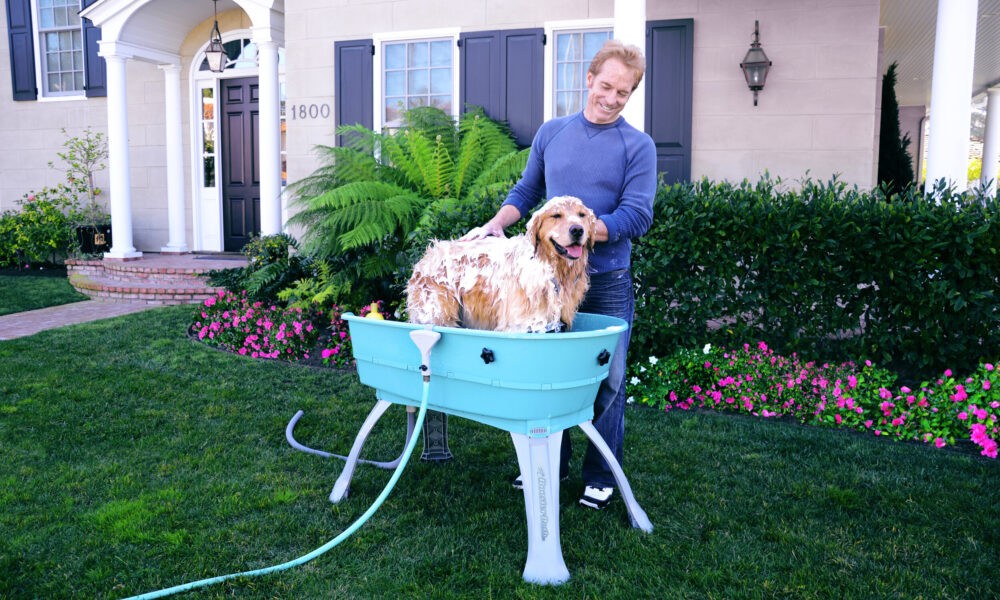Have you ever worried about leaving your pet with a sitter?
Creating a pet sitter checklist can help you feel more at ease. This easy-to-follow checklist ensures your pet’s needs are all met while you’re away.
Ready to get started? Let’s make sure your pet stays happy and healthy in your absence!
Emergency Contact Information
It’s crucial to provide your pet sitter with all necessary contact details in case of an emergency. Start by listing your contact number, ensuring it’s one where you can be easily reached.
Next, add the phone number and address of your pet’s veterinarian. This will be essential if your pet needs medical attention. Include the contact information of a trusted friend or family member who can help if you are not available.
Make sure this person is aware they’re listed as an emergency contact. This way, your overnight pet sitter knows exactly who to call if something urgent arises.
Feeding Schedule
Providing a clear feeding schedule is essential for your pet’s well-being. Start by noting the times your pet usually eats, including both morning and evening meals.
Specify the type and amount of food they should receive at each feeding. If your pet has any special dietary needs, make sure to write them down.
It is also helpful to mention where you store the food to make things easy for the sitter. If your pet enjoys certain treats, provide instructions on when and how many to give. This will ensure your pet stays happy and healthy while you are away.
Medication Instructions
It’s important to clearly explain your pet’s medication routine. Start by listing all the medications your pet needs, along with how much to give and how often.
Note if your pet should take the medicine with food or on an empty stomach. If there are specific times for each dose, write those down too.
Make sure to describe how to give the medicine, whether it is a pill, liquid, or topical treatment. If your pet is difficult to medicate, share any tips or tricks that can help.
Store the medications in a marked place that is easy to find. This will help your pet sitter follow the routine without any confusion.
Exercise Routine
Keeping your pet active is important. Write down your pet’s daily exercise routine for the pet sitter. Mention how long and how often they should walk your pet.
Include specific games or activities your pet enjoys, like fetch or tug-of-war. If there are favorite parks or routes, be sure to list them. For example, if you have a pet sitter in Hockessin, Delaware, point out local parks they can visit.
Also, note if your pet has any physical limitations or special needs. This way, your pet will stay happy, healthy, and full of energy while you’re away.
House Rules
Every home has its own set of rules, and your pet sitter must know them. Write down areas in the house where your pet can go.
If there are rooms they shouldn’t enter, make a note of that too. Explain the rules around furniture – can your pet jump on the couch or sleep on the bed? If your pet has a special bed or blanket, let the sitter know where it is.
Also, mention any routines for waking up, bedtime, and when your pet should go outside for bathroom breaks. Clear rules will help keep your home in order.
Veterinary Information
Providing your pet sitter with detailed veterinary information is crucial. Start by listing your pet’s regular vet along with their phone number and address.
If there is an emergency veterinary clinic nearby, include their contact details as well. Ensure that your pet sitter knows how to get to both locations.
Additionally, write down any medical conditions your pet has, such as allergies or chronic illnesses. This information will help the vet in case your pet needs treatment.
Leave a copy of your pet’s medical records where the sitter can easily find them. Doing this will make sure your pet receives the best care possible if something happens.
Special Needs
Some pets have special needs that need extra care. Write down any extra instructions your pet sitter should know about.
For example, if your pet has anxiety, explain what calms them down. If your pet is on a special diet due to allergies, provide clear details about what they can and cannot eat.
Mention any routines or items that help soothe your pet, such as a favorite toy or blanket. If your pet needs extra help with grooming or has mobility issues, explain how the sitter can assist. Clear pet sitter instructions will ensure your pet receives the care they need.
Daily Habits
Understanding your pet’s daily habits is important for keeping them comfortable. Write down their regular sleeping times.
If your pet likes to nap at certain times, note that too. Explain when they usually go outside for bathroom breaks.
Share details about their favorite toys and activities. If your pet enjoys a particular game or has a favorite toy, mention it. Also, include information about their usual feeding places.
Let the sitter know if your pet has any quirky habits, like scratching a favorite post or hiding in a specific spot. This will help the sitter make your pet feel at home.
Cleaning Up
Keeping your home clean while you’re away is important. Write down clear instructions for the pet sitter on how to handle your pet’s messes.
Explain where you keep cleaning supplies such as paper towels, trash bags, and disinfectants. If your pet is prone to accidents, let the sitter know the best way to clean them up.
Tell the sitter how often to clean your pet’s living area, including litter boxes or cages. This will ensure your home stays tidy and your pet stays comfortable.
Create a Pet Sitter Checklist Now
With these items, you’ll have a comprehensive pet sitter checklist ready for any occasion. It ensures that your pet’s needs are all covered, helping your pet stay comfortable and happy while you’re away.
A well-made checklist is a simple yet effective tool to give you peace of mind and ensure your pet is in good hands. So don’t wait – get started with yours now!
Did you find this article helpful? Then check out our blog for more advice, tips, and insights!









